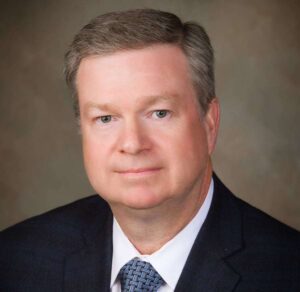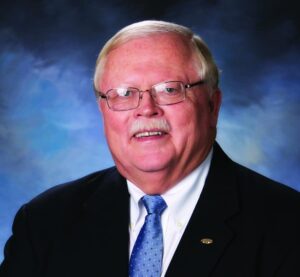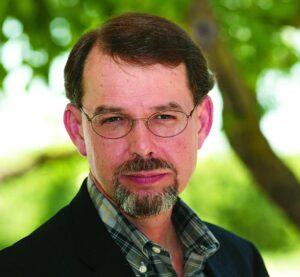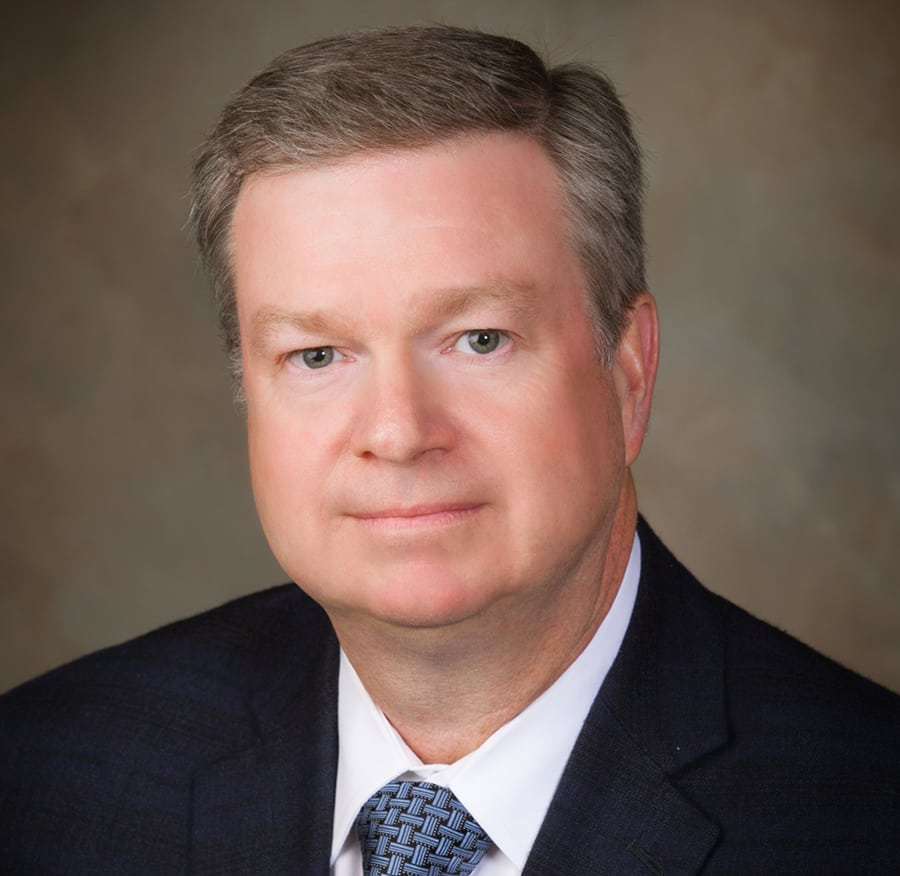Taking on more responsibility and moving into a management role can bring new challenges. Our sister publication Seed World asked three national leaders in the industry to share their philosophy and lessons learned when it comes to leadership.
Do a Google search for books on leadership, and you’ll be given more than 20 million results. Leaders are who people look to for answers. Leaders drive companies toward goals. Leaders inspire others and help them grow. There are many things a leader does, but becoming one is not easy — that’s why there are courses available to improve leadership skills and degree programs were created, to help people become good leaders.

Instead of turning to the books, we turned to real leaders in the industry. Not only have they been responsible for helping to lead multimillion dollar companies, but they have also been charged with helping lead the American Seed Trade Association.
For you, what does it mean to lead?
Flint: Setting vision, strategic direction and connecting with people to articulate expectations, listen to insights from others, and continuous learning.
Newman: To direct a team in a direction to accomplish a specific goal or goals. This includes gaining support by including the team in creating the strategy and the plan to accomplish those goals. I believe that a good leader leads by example and often is the spiritual leader who sets the tone for the team.
JS: Leaders help ensure the organization identifies competitive goals, helps attract the right people to meet those goals and ensures folks have the resources available to make it happen.
What is your guiding philosophy?
Flint: Understand who you are as a leader, the principles you stand for, and be the leader your team or organization needs.
Newman: My guiding philosophy is to provide the overall direction, answer questions, let the employees create a plan, and then review the plan and offer suggestions.
Schoenecker: Leadership is about service to the business and the people that make that business happen.

Can you share an example of real professional growth? If you were to advise someone else in that circumstance, what would you say?
Flint: We were experiencing a lot of change within our company, having acquired a number of seed businesses. My professional background up to that point was based on crop protection R&D and biotech trait product development. I did not have an extensive seed background and only a basic understand of germplasm and breeding. It was clear that our company was going to make a shift more toward seed as a growth platform. I took that opportunity to reach out to a number of colleagues who came into the organization as part of the acquisitions. I started asking questions, learning from them, reading more and spending time with experts in production, seed R&D, breeding, sales and marketing. I then took a big career risk and pursued a role that was solely focused on seed. My supervisor, Mark Herrmann, was also taking a risk on me, as he could have hired someone with more experience in seed. Although the first few months were a huge learning curve, immersion was a fantastic way to learn. Or as Mark would say with a smile, “drinking through a fire hose.” I learned a lot about myself and my ability to adapt and change. I learned to build a network of experts knowing that I could not possibly know everything about the seed business, and I learned how to ask questions when I did not understand (humility?). If I were to advise someone in a similar situation, I would say find a good mentor, find a group of individuals who sincerely want the team to succeed, and join that team.
Schoenecker: I think much of my growth came by being “thrown in the water” in a new position. You had to listen, learn and figure out what to do to support the business. I was lucky in the sense that my career started with a smaller company that has grown over the years, so it gave me a chance to be in at the start with marketing, legal and intellectual property as these areas grew and evolved (for better or worse!) in the seed business. How did I handle it — mixed! Challenged in the good sense, overwhelmed in the bad sense, but always with a new season coming. I would advise folks to build systems that are resilient, but be ready to change them when you need to. In the seed business, don’t forget the details. The challenge is finding the right details to sweat.

Biggest hurdle you had to overcome in taking your leadership to the next level? How did you do it?
Flint: Delegating effectively and trusting others to deliver. I reached a point where I could no longer personally oversee or do all of the projects or initiatives and maintain my ability to lead effectively. I draw a distinction between managing and leading. That meant I had to do a better job of delegating to my team, ensuring I had the right set of skills on my team, holding individuals accountable while maintaining good team dynamics, and trusting individuals to deliver on commitments.
Newman: When I became vice president of sales and marketing for AgReliant Genetics, I became responsible for four corn brands in the U. S. instead of just one brand, which I had been associated with for 21 years. The other three brands expected me to give preferential treatment to my original brand, so they were always looking for examples where I favored that brand. I truly valued every sale by each brand equally, and by demonstrating this belief and my impartiality every day in all my interactions with all four brands, I believe that I won them over. I think the other brands felt like I was treating everyone equally and fairly.
Schoenecker: Got up and did it again (with changes).
Best leadership advice you ever received?
Flint: My grandfather’s advice: You were given two ears and one mouth for a reason … listen more, talk less, and when you do talk, check for understanding.
Newman: Hire the best people!
Schoenecker: Begin with the end in mind.
Do you have a favorite book or resource on leadership?
Flint: “Principle-Centered Leadership” by Stephen R. Covey.
Schoenecker: Western history with a focus on major social and political conflicts.
Tomorrow, we’ll hear from Grassland Oregon’s Risa DeMasi and Justin Seed Co’s Tracy Tally to get their perspective on what it means to lead.












